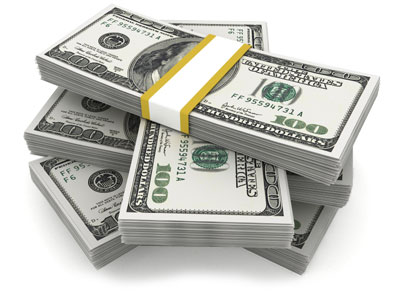Income Tax
How to Inject More Cash into a Small Business
Are any of your small business clients in need of a cash influx? Thanks to the new tax law -- the Protecting Americans from Tax Hikes (PATH) Act – small business owners can offer a unique tax incentive to investors: A 100 percent tax exclusion on the ...
Jan. 25, 2016

[The new “extenders law” enacted late in 2015 retains several key tax provisions and makes them permanent with certain modifications. This is the seventh part of a series of articles on these tax breaks.]
Are any of your small business clients in need of a cash influx? Thanks to the new tax law — the Protecting Americans from Tax Hikes (PATH) Act – small business owners can offer a unique tax incentive to investors: A 100 percent tax exclusion on the subsequent sale of “qualified small business stock” (QSBS). But there’s a catch: Among other requirements, the QSBS must be held at least five years before it’s sold.
Prior to the PATH Act, the tax exclusion for QSBS was scheduled to be cut in half to 50 percent for stock acquired after December 31, 2014. But the new law preserves the 100 percent exclusion, retroactive to January 1, 2015, and makes it permanent. This change could encourage investors to show more faith in small business operations.
This tax-saving opportunity actually goes back a few years. Prior to 2009, the exclusion was limited to 50 percent of the gain from the sale of QSBS held at least five years. But the resulting capital gains tax for QSBS was taxed at the 28 percent rate. In other words, you could exclude half of your gain from tax, but the rate was still 14 percent. That’s only one percent lower than the maximum long-term capital gains tax rate of 15 percent or six percent below the 20 percent rate for upper-income investors.
Eventually, the tax exclusion for QSBS was raised to 75 percent, and then again to 100 percent after September 27, 2010. Subsequent legislation extended the 100 percent exclusion through 2013. Then the 100 percent rate was extended yet again, but just for one more year—2014. Now the uncertainty is finally over.
To qualify for the special tax break for QSBS, these requirements must be met:
- The stock must have been issued after August 10, 1993.
- The stock can’t be acquired in exchange for other stock.
- The issuing corporation must be a C corporation.
- At least 80% of the corporation’s assets must be used in the active conduct of a qualified trade or business.
- Certain businesses involving real estate or personal services (e.g., law, health, financial services, etc.) are excluded.
- The corporation can’t have more than $50 million in assets at the time the stock is issued.
Note that no current tax is due on a gain from the sale of QSBS if the investor rolls over the proceeds into new QSBS within 60 days. But clients normally would not do this if they can benefit from the 100 percent exclusion.
Make sure your small business clients are aware of this new law change. As a result, they might issue QSBS to outside investors and/or put more of their own money into the company. Remember to emphasize the five-year holding requirement.
— Read More About The 2015 PATH Act —
